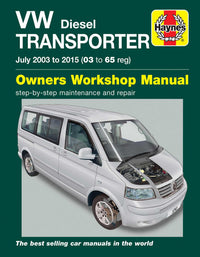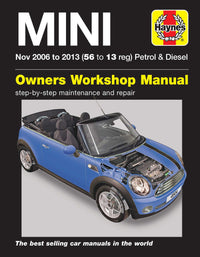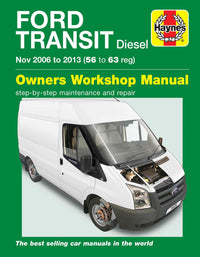Your car’s alternator is responsible for making sure the battery is charged up, but more than that, it’s also responsible for making sure the electricity is distributed throughout the car at a nice, steady rate.
Without the alternator, things would burn out, over-charge or just completely fail. The alternator, then, is very important indeed.
As with any important component on your car, there is always an inherent risk of failure. It’s a hard-working part after all, so it’s going to need some love from time to time, if not a complete replacement.
But how can your alternator fail, and what should you do? We’ve put this handy guide together to help you out should your alternator need some attention.
01 Flat battery
Does the battery in your car keep going flat? If so, that can be a sure-fire way to tell your alternator is on its way out. The alternator’s primary function is to charge the battery so that it has enough juice to start the car.
Once the car is running, it’s the alternator’s job to keep the battery topped up with electricity so that you can run things like the lights, heater and wipers, and anything else electrical.
What should you do?
- Check the condition of the battery. It might not be the alternator at fault, it could simply be that the battery is old. Charge it up with a standalone charger, then check it with a multimeter after a drive. Then test it again after several hours to see if it has lost charge. It should read somewhere around 12.6 volts. Anything less, and the battery is past its best, so you’ll need a new one.
- With a healthy battery fitted to the car, start the engine and then check the voltage across the battery. It should be somewhere between 13.7 to 14.7 volts. Anything lower and the alternator isn’t charging it. Anything higher and the alternator is malfunctioning.
Solution: You’re going to need to replace the alternator
02 Loose Belt
The alternator is driven by the auxiliary belt, which usually powers things like the water pump, alternator, power steering and sometimes fan. If this belt is old, it can slip or become slack and thus its grip on the alternator pulley can lessen. Less grip means it won’t spin. If it’s not spinning, it won’t charge.
What should you do?
- Visually inspect the auxiliary belt. Use your Haynes manual to locate it should you need it. The rubber should look clean and smooth and free of any signs of cracking. Look on the ribbed side, are the grooves still uniform and complete? If not, this can cause unwanted slippage.
- Check the alternator bracket. This usually has a sliding arm on it, and when the bolt is tight, it will hold the alternator in place and thus, the belt will be tight. Though check your Haynes manual to see if you have any tensioners, too. These should all be putting pressure on the belt, keeping it taught.
Solution: If the belt is old or worn, you’ll need to replace it. The same if the belt is tight, but the alternator still doesn’t seem to be charging.

03 Grinding Noises
Your alternator is basically a big dynamo, and within it you have a copper core that rotates around an axis. It’s this rotation that, at speed, creates the electrical charge needed to keep the battery topped up.
However, over time, the bearings that hold this mechanism in place can fail, and when they do, the alternator is in need of replacement or rebuild.
What should you do?
- Listen to the alternator when the engine is running. It should operate silently. If there is a grumbling or rattling noise coming from it, then the bearings are shot.
- Wiggle the shaft on which the drive belt sits. It shouldn’t move. If it does, the bearings are shot and the alternator’s innards are eating themselves.
Solution: Stop driving the car, as you’re only going to make it worse. A specialist may be able to rebuild the alternator and fit new bearings, but in most cases, it will be cheaper to just have a new one fitted.
04 Sporadic Function
Does your car sometimes function fine, but then other times you get a warning light on the dash (the red battery symbol). Does it start some days, but not others? Are you confident your battery is in good health?
You could have a couple of things wrong with your alternator. Firstly, the wiring could be loose, and secondly, the voltage regulator could be failing.
What should you do?
- Check the wiring for the alternator - in particular, look at the plug connections and the earth strap. If needs be, use some contact cleaner or a wire brush to remove any build-up of dirt, then tighten everything up. Your Haynes manual will tell you how to do this. If you’re still getting warning lights…
- …then the voltage regulator could be failing. This device that lives on the side of the alternator stops it from delivering massive globs of electricity. If it fails, the alternator’s functionality will be affected.
Solution: Hopefully cleaning the wiring will cure it. If not, some alternators will let you swap out the voltage regulator for a new one. Sadly though, on some cars, the regulator is built-in, so it’s going to mean a new alternator.
Finally, remember that when checking your alternator, you should never examine the belt or pulley unless the engine is off.



























